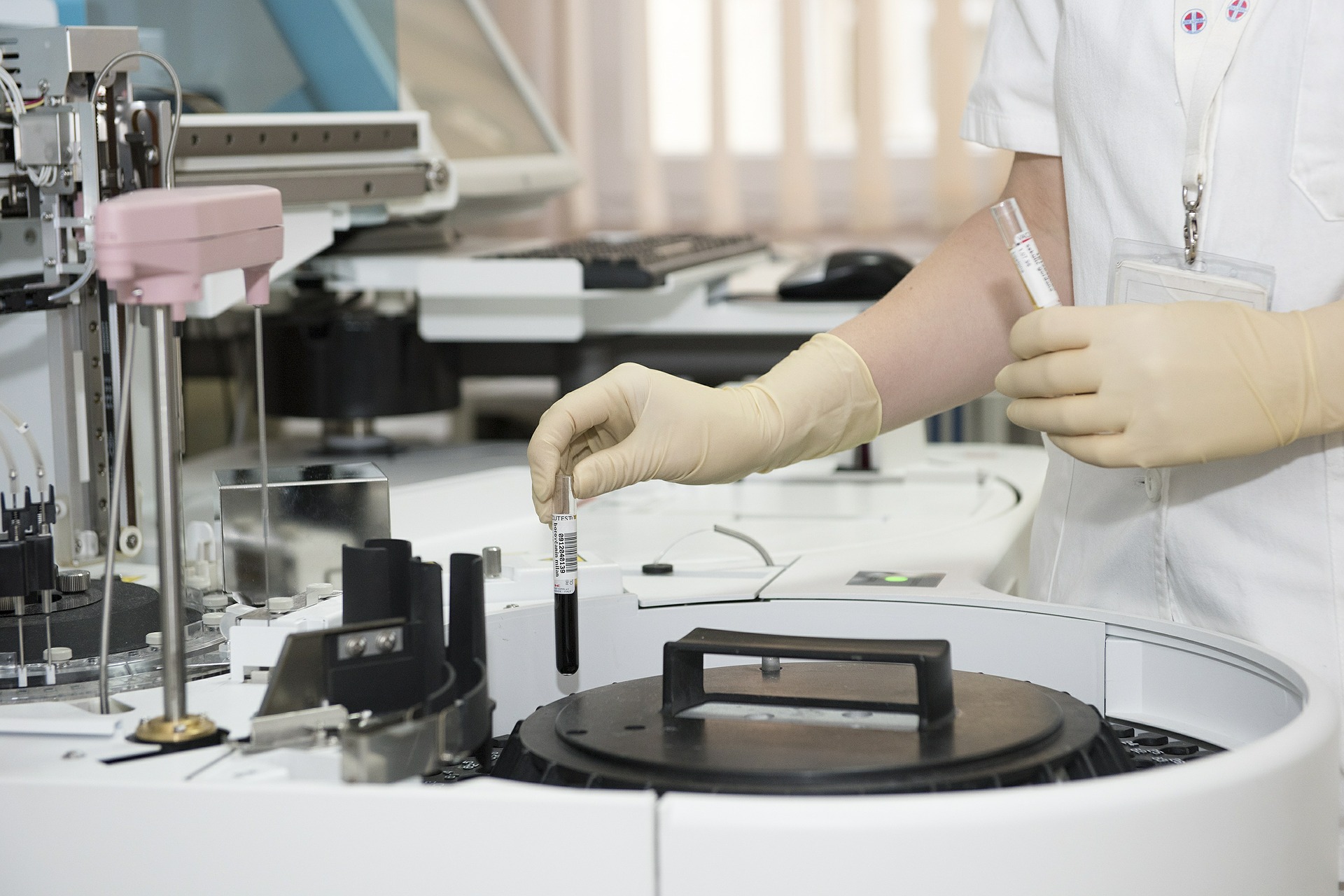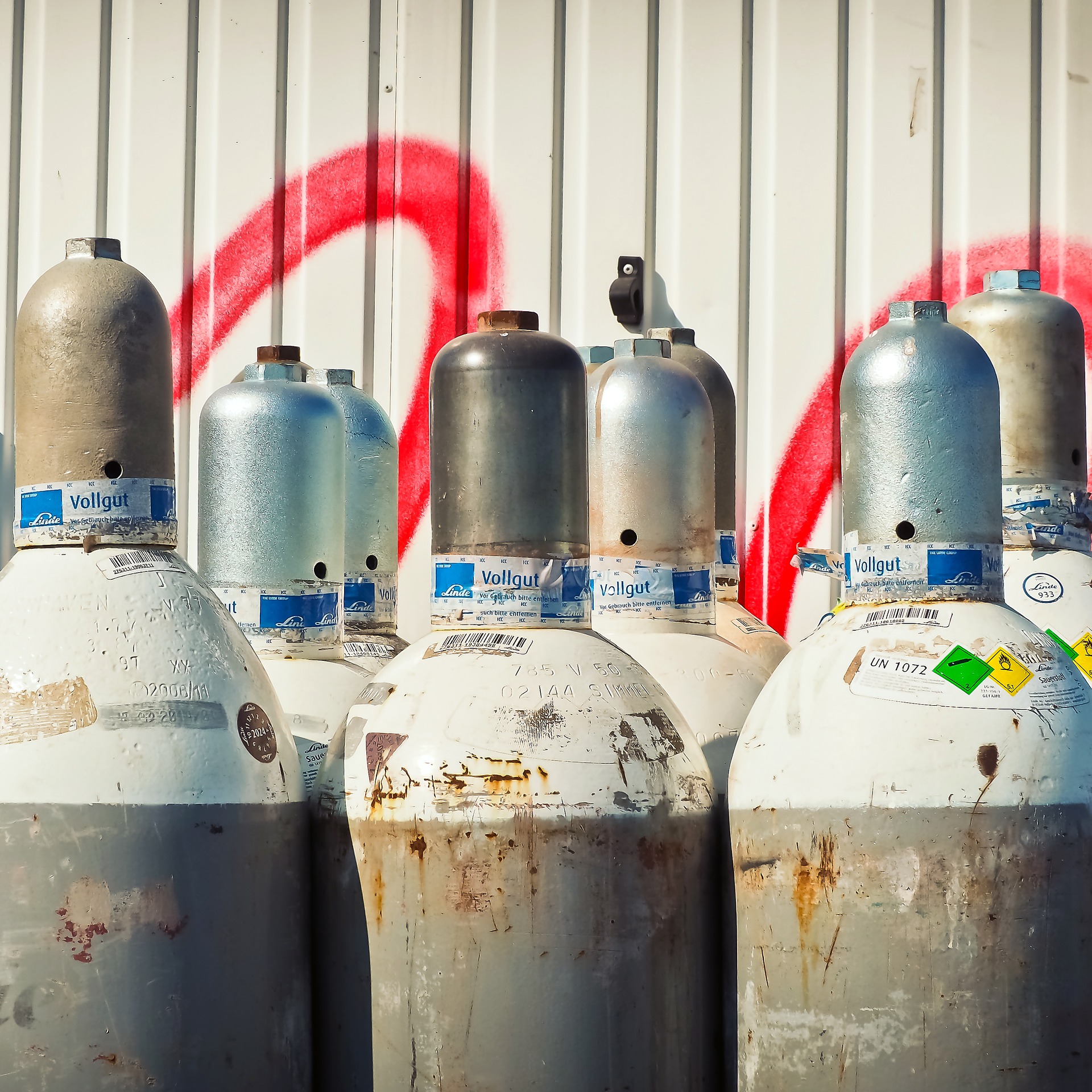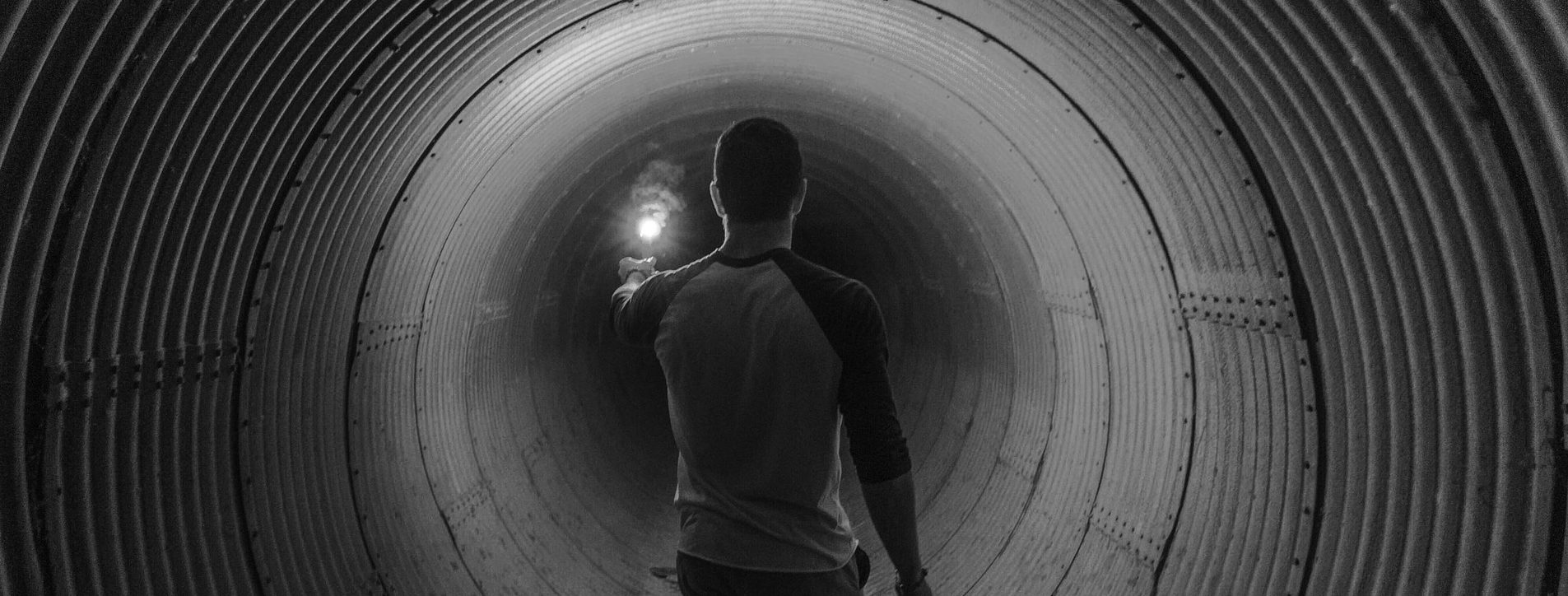Compressed gases such as nitrogen, hydrogen or reference gases are widely used in various industrial and laboratory applications.
Regardless of the way of production, in many applications the gas is used in the high pressure compressed version in storage bottles.
Handling pressurized gas may seem an easy task, but without regard to safety, compressed gases can cause significant human and material damage through gas leaks and / or explosions.
The safety of compressed gas handling in storage bottles begins as of delivery: the cylinders must be placed in a vertical position for transport in the laboratory or in the area of ??use.

Their transport is obligatory with special trolleys for transport, the cylinders being secured during transportation with safety straps to prevent slipping, inclining or falling.
Trolleys are mandatory, even for short distances: cylinders must never be pulled or transported in a horizontal position!
As far as storage is concerned, the bottles are always placed in a vertical position in well-ventilated areas away from heat sources and can ignite. Also, gases with potentially flammable gases must be separated from gases with high oxygen content to avoid the risk of explosion.
Because of the fact that they carry electricity, metal bottles are placed away from the electrical circuits.
Also, the ambient temperature in the placement area should not exceed 52Ā° C. In a high temperature ambient atmosphere, the gas increases its volume and creates additional pressure in the cylinder, thus increasing the risk of explosion. Direct exposure to the sun is forbidden, but this warning is often overlooked.
However, all of the above risks can be avoided by giving up the use of bottles in the process.
The alternative is the generation of nitrogen, hydrogen, reference air or other on-site laboratory gases using proven performance technologies at significantly reduced costs.

